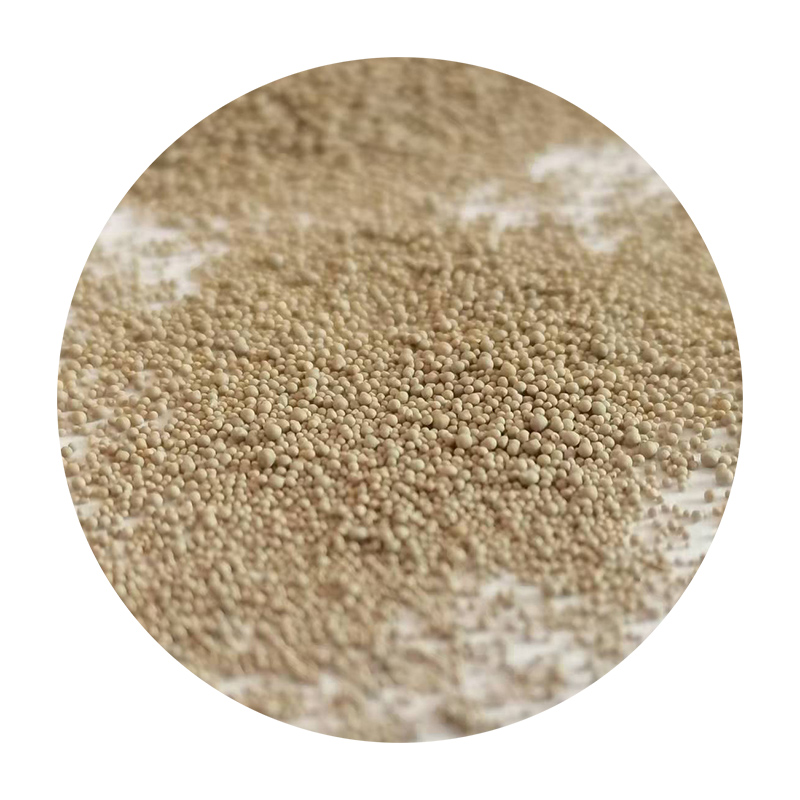Applications of Sand Casting Process
Sand casting, one of the most traditional and widely used methods of metal casting, has been a fundamental manufacturing process for centuries. It involves creating a mold from sand, which is then used to pour molten metal to form complex shapes. The versatility and cost-effectiveness of sand casting make it a popular choice across numerous industries. This article explores the various applications of the sand casting process, highlighting its significance in modern manufacturing.
One of the primary applications of sand casting is in the automotive industry. Many critical components, such as engine blocks, cylinder heads, and transmission cases, are produced using this method. The ability to create intricate designs and complex geometries is crucial in automotive applications, where every component must meet stringent performance standards while maintaining a lightweight structure. Sand casting allows manufacturers to achieve these specifications efficiently, reducing production time and costs.
Applications of Sand Casting Process
Another significant application of sand casting is in the manufacturing of heavy machinery and equipment. Components such as gears, housings, and frames for construction and agricultural machinery are typically produced through this process. The robustness and durability of sand-cast parts make them ideal for use in environments subject to high stress and wear. By leveraging sand casting, manufacturers can produce large components without compromising on structural integrity or performance.
applications of sand casting process

Moreover, the versatility of sand casting extends to the production of artistic and decorative items. Many artisans and craftsmen utilize sand casting to create sculptures, ornaments, and custom jewelry. The ability to produce unique designs at a relatively low cost makes sand casting an attractive option for artists looking to bring their creative visions to life. This application demonstrates the process's adaptability, catering to both industrial and artistic needs.
The construction industry also benefits from sand casting, where concrete molds and other construction elements are produced. Items such as metal frames, fixtures, and decorative elements are created using sand casting, contributing to the overall aesthetics and functionality of buildings and infrastructure. The durability of sand-cast materials ensures that these components can withstand the test of time, essential for any construction project.
Furthermore, the growing trend towards sustainability has led to innovations within the sand casting process. Manufacturers are increasingly using environmentally friendly sand and adopting practices that minimize waste and energy consumption. This shift not only reduces the environmental impact of sand casting but also appeals to eco-conscious consumers and businesses.
In conclusion, the applications of the sand casting process are vast and varied, impacting numerous industries such as automotive, aerospace, heavy machinery, art, and construction. Its unique ability to create complex shapes and reliable components makes it a vital manufacturing technique. As technology continues to evolve, the sand casting process is likely to innovate further, promoting sustainability and efficiency while maintaining its long-standing tradition in metalworking. The enduring relevance of sand casting underscores its importance in the manufacturing landscape, demonstrating that even in an era of advanced technologies, traditional methods still hold significant value.
Post time:Jul . 29, 2024 03:22
Next:Techniques for Sanding and Polishing Glazed Ceramics for Enhanced Aesthetic Appeal and Durability
